-

Ammonium tetrachloroaurate (III) hydrate CAS:13874-04-9
Ammonium tetrachloroaurate, also known as gold ammonium chloride, is a compound used in various applications in chemistry and materials science. It is commonly utilized as a precursor for the synthesis of gold nanoparticles, which have applications in fields such as nanotechnology, biomedical research, and catalysis. Additionally, it is employed in the preparation of solutions for gold plating, a process used to coat objects with a thin layer of gold for decorative or functional purposes. Ammonium tetrachloroaurate also finds use in chemical analysis, particularly in the detection and quantification of certain compounds.
-
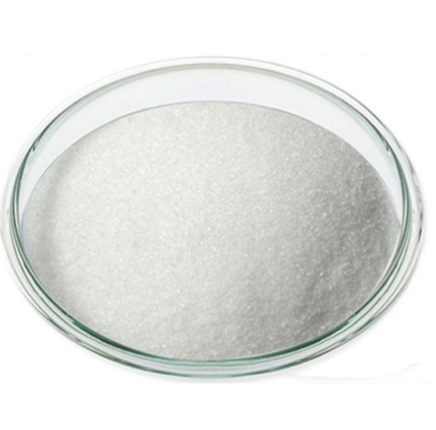
dGMP, 2′-Deoxyguanosine-5′-monophosphate disodium salt CAS:33430-61-4
2′-Deoxyguanosine-5′-monophosphate disodium salt is a chemical compound that is often used in biochemical research and molecular biology. It is a salt form of the monophosphate derivative of the nucleoside 2′-deoxyguanosine, which is an essential component of DNA. This compound is utilized in various laboratory procedures such as DNA sequencing, enzyme studies, and as a substrate in enzymatic reactions.
-
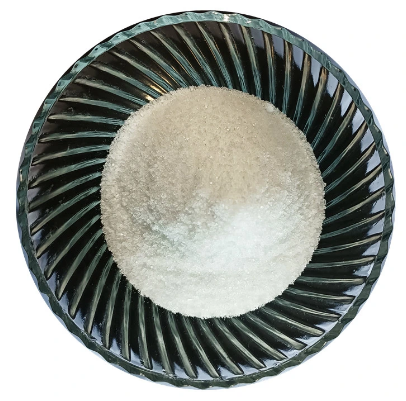
2-|cis|,4-|trans|-Abscisic acid CAS:14375-45-2
Abscisic acid (ABA) is a plant hormone that plays key roles in several physiological processes, including seed dormancy, germination, and response to environmental stressors such as drought and high salinity. It helps regulate plant growth and development by controlling stomatal closure, seed development, and responses to environmental changes. ABA is also involved in signaling pathways that influence plant responses to abiotic stresses and is an essential component in plant stress tolerance mechanisms.
-
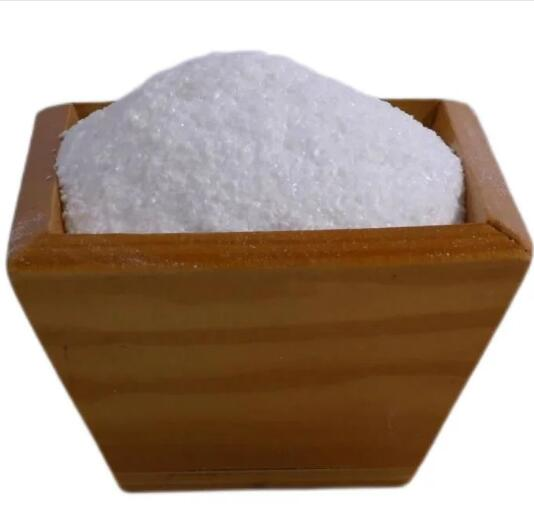
5′-O-Tritylthymidine CAS:7791-71-1 Manufacturer Price
5′-O-Tritylthymidine is a derivative of thymidine, which is a nucleoside composed of the pyrimidine base thymine linked to a deoxyribose sugar. The trityl group is a protecting group commonly used in organic synthesis to temporarily mask a reactive functional group. In the case of 5′-O-Tritylthymidine, the trityl group is attached to the 5′ hydroxyl group of the deoxyribose sugar of thymidine. This modification is often employed in the synthesis and modification of nucleic acids, particularly in the context of solid-phase DNA synthesis. The trityl group serves to protect the 5′ hydroxyl group during chemical reactions and can be selectively removed under mild conditions to generate the free hydroxyl group for subsequent manipulations. This compound finds applications in the field of nucleic acid chemistry and oligonucleotide synthesis.
-
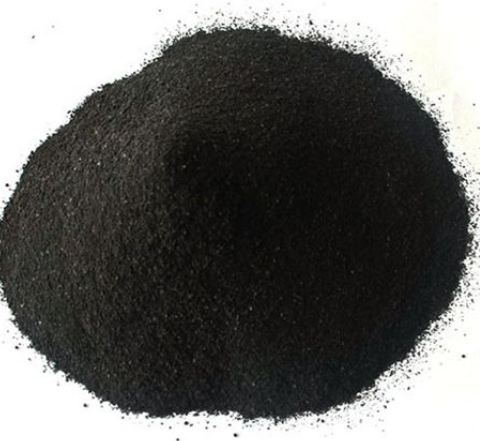
Chloroiridic acid CAS:110802-84-1 Manufacturer Price
Chloroiridic acid, also known as iridium tetrachloride, is a chemical compound with the formula H2IrCl6. It is a dark red, hygroscopic solid that is soluble in water. This compound is a common precursor for various iridium complexes used in catalysis and materials science. It is often employed in the synthesis of organoiridium compounds and inorganic iridium materials. Chloroiridic acid possesses interesting chemical and physical properties that make it useful in a variety of applications, particularly in the field of homogeneous catalysis and materials chemistry.
-

dUMP, 2′-Deoxyuridine-5′-monophosphate, disodium salt CAS:42155-08-8
2′-Deoxyuridine-5′-monophosphate (dUMP) is a nucleotide derivative involved in DNA synthesis and repair. It serves as a precursor for dTTP (deoxythymidine triphosphate), which is a necessary building block for DNA replication. dUMP is also a key component in the process of thymidylate biosynthesis, where it is converted into dTMP (deoxythymidine monophosphate) by the enzyme thymidylate synthase. This conversion is essential for maintaining proper nucleotide balance and DNA integrity within cells.
-
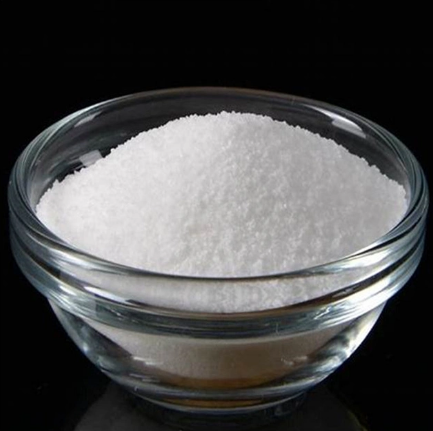
2′-Deoxyguanosine CAS:961-07-9 Manufacturer Price
2′-Deoxyguanosine is a nucleoside, which serves as a component for the building of DNA. It is important for DNA synthesis and repair, as it is a precursor to the nucleotides that make up DNA. Additionally, 2′-deoxyguanosine has been studied for its potential in antiviral therapy and as a research tool in molecular biology and biochemistry.
-

Adenosine 5′-monophosphate CAS:61-19-8 Manufacturer Price
Adenosine 5′-monophosphate (AMP) is a nucleotide that serves as an important building block for the synthesis of RNA and ATP (adenosine triphosphate), which is a critical energy carrier within cells. In addition to its role in nucleic acid synthesis, AMP also acts as a signaling molecule in various cellular processes and is involved in the regulation of metabolism. AMP is an integral component of the cellular energy metabolism and plays a crucial role in maintaining the balance of energy production and utilization within the cell.
-
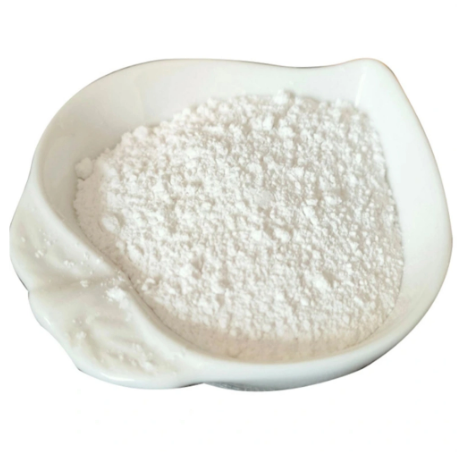
Guanine CAS:73-40-5 Manufacturer Price
Guanine is one of the four main nucleobases found in the nucleic acids DNA and RNA. It forms base pairs with cytosine and its chemical structure includes a fused ring system and functional groups that are crucial for genetic information storage and transfer. Additionally, guanine is involved in various biological processes, including signaling pathways and energy transfer reactions.
-
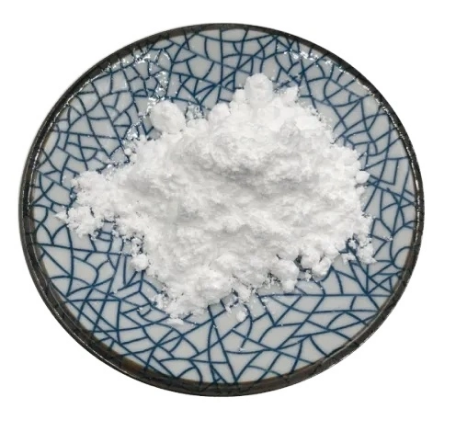
2′-Deoxythymidine CAS:50-89-5 Manufacturer Price
2′-Deoxythymidine, also known as thymidine, is a nucleoside that functions as a building block for DNA. It is crucial for DNA synthesis and plays a key role in the accurate transmission of genetic information in cells. 2′-Deoxythymidine is essential for cell growth, replication, and function, and it is actively involved in DNA repair processes. In scientific research, 2′-Deoxythymidine is used as a precursor for the synthesis of oligonucleotides and as a tool for studying DNA-protein interactions, DNA sequencing, and other molecular biology techniques.
-
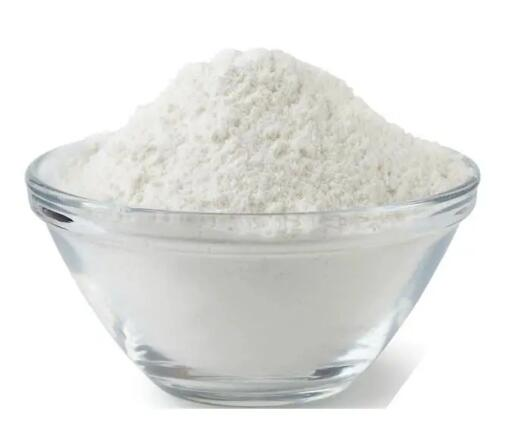
Adenosine Cyclophosphate CAS:60-92-4 Manufacturer Price
Cyclic adenosine monophosphate (cAMP) is a critical secondary messenger molecule that plays a key role in intracellular signal transduction. It is involved in a wide range of cellular processes, including metabolism, gene expression, and neurotransmission. cAMP is synthesized from ATP by the enzyme adenylate cyclase and functions by activating protein kinase A (PKA) and other downstream effectors, leading to various physiological responses in the cell. Its versatile functions make cAMP an essential mediator of cellular signaling pathways.
-

guanosine 5′-(disodium dihydrogen triphosphate) CAS:56001-37-7
Guanosine-5′-triphosphate disodium is a compound that is used in various biochemical processes, such as in the synthesis of RNA and DNA, as well as in signal transduction pathways. It is a nucleoside triphosphate, which means it consists of the nucleoside guanosine linked to three phosphate groups. The disodium salt form simply indicates that it is a salt containing two sodium ions.
This compound is important in cellular energy transfer and is involved in various enzymatic reactions. It is also a source of energy for protein synthesis and other cellular processes.

